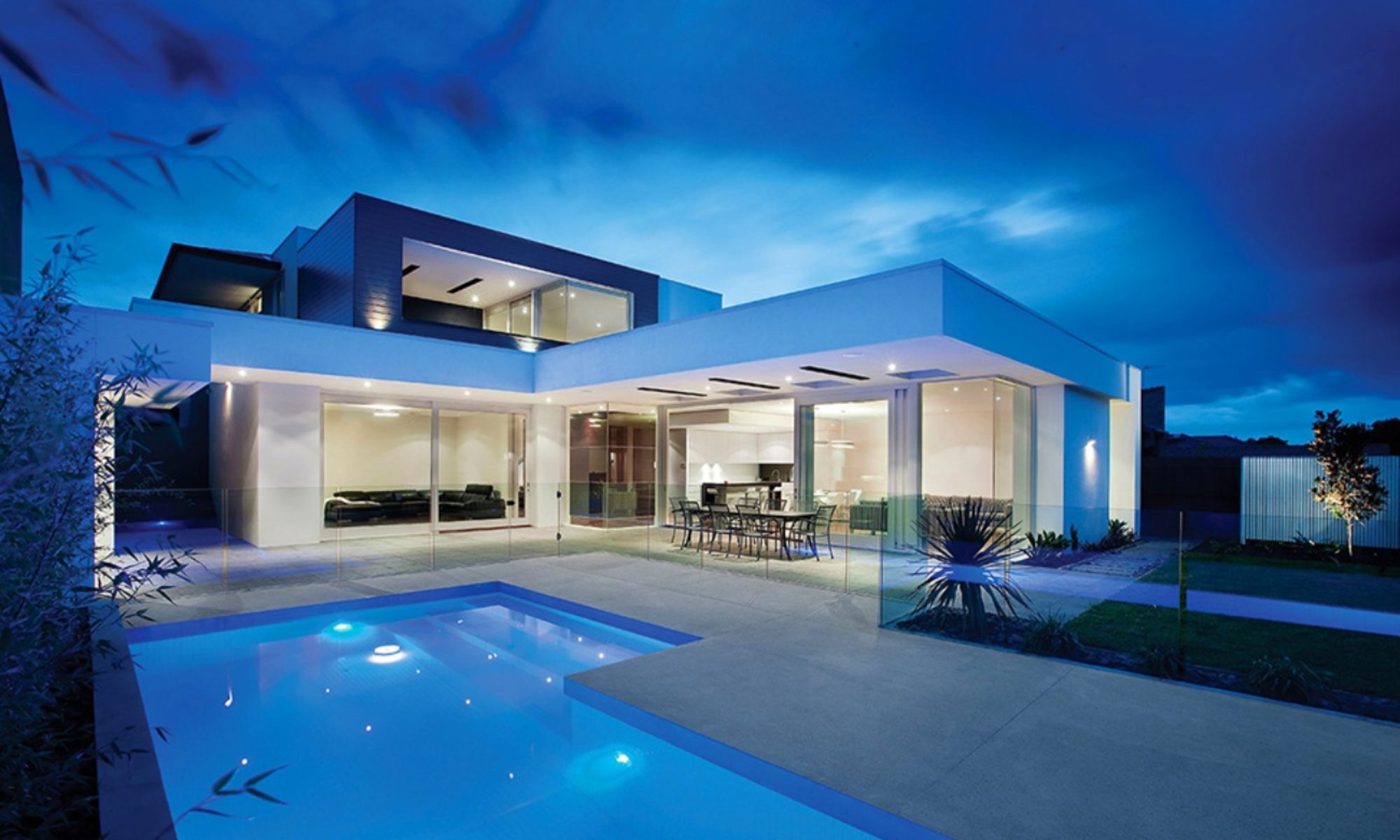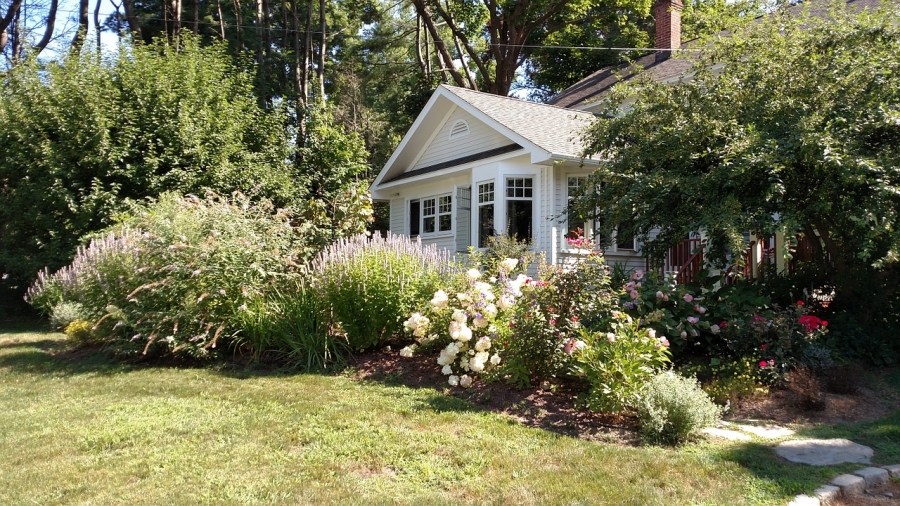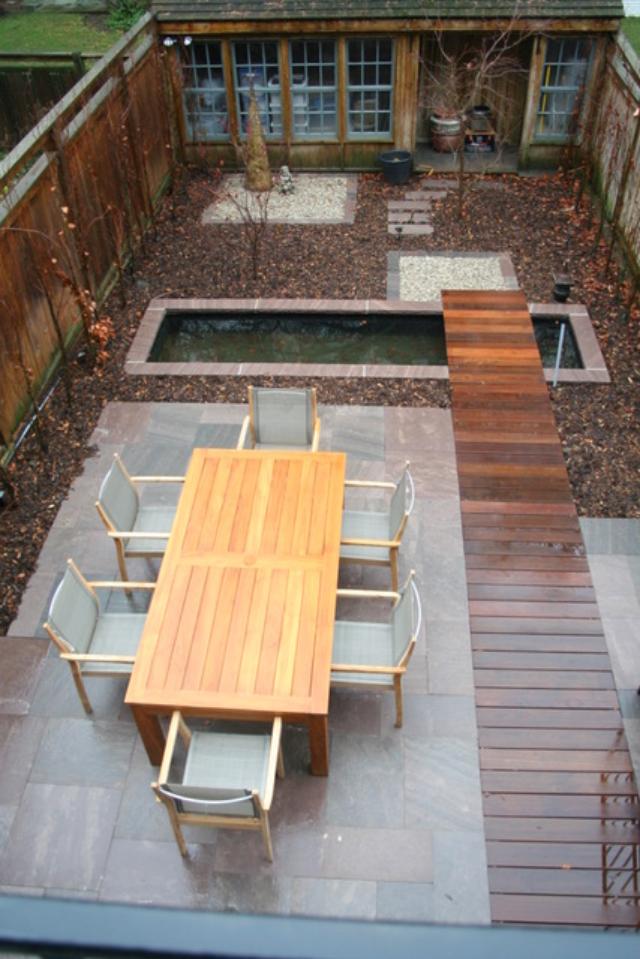If you’re hiring someone to inspect the home you want to buy, or you’re a seller trying to find out if there are any hidden problems that need fixing before you put your home on the market, here are five things you need to know:
1. You can choose your home inspector.
Your real estate professional can recommend an inspector, or you can find one on your own. Members of the National Association of Home Inspectors, Inc. (NAHI), must complete an approved home inspector training program, demonstrate experience and competence as a home inspector, complete a written exam, and adhere to the NAHI Standards of Practice and Code of Ethics.
2. Home inspections are intended to point out adverse conditions, not cosmetic flaws.
You should attend the inspection and follow the inspector throughout the inspection so you can learn what’s important and what’s not. No house is perfect and an inspection on any home is bound to uncover faults. A home inspector will point out conditions that need repair and/or potential safety-related concerns relating to the home. They won’t comment on cosmetic items if they don’t impair the integrity of the home. They also do not do destructive testing.
3. Home inspection reports include only the basics.
A home inspector considers hundreds of items during an average inspection. The home inspection should include the home’s exterior, steps, porches, decks, chimneys, roof, windows, and doors. Inside, they will look at attics, electrical components, plumbing, central heating and air conditioning, basement/crawlspaces, and garages.
They report on the working order of items such as faucets to see if they leak, or garage doors to see if they close properly. Inspectors may point out termite damage and suggest that you get a separate pest inspection. The final written report should be concise and easy to understand.
4. Home inspectors work for the party who is paying the fee.
The NAHI Standards of Practice and Code of Ethics clearly state that members act as an unbiased third party to the real estate transaction and “will discharge the Inspector’s duties with integrity and fidelity to the client.” A reputable home inspector will not conduct a home inspection or prepare a home inspection report if his or her fee is contingent on untruthful conclusions.
The inspector should maintain client confidentiality and keep all report findings private, unless required by court order. That means it is your choice whether or not to share the report with others. If you’re a seller, you don’t have to disclose the report to buyers, but you must disclose any failure in the systems or integrity of your home.
5. Inspectors are not responsible for the condition of the home.
Inspectors don’t go behind walls or under flooring, so it’s possible that a serious problem can be overlooked. Keep in mind that inspectors are not party to the sales transaction, so if you buy a home where an expensive problem surfaces after the sale, you won’t be able to make the inspector liable or get the inspector to pay for the damage. In fact, you may not be entitled to any compensation beyond the cost of the inspection.
As a buyer, you need the home inspection to decide if the home is in condition that you can tolerate. You can use the report to show the seller the need for a certain repair or negotiate a better price. You can also take the report to a contractor and use it to make repairs or to remodel a section of the home.
One thing you should not do when buying a home is skip having the home inspected because of cost or undue pressure by the seller. A home inspection is reasonable, it can save you money in the long run, and it’s required by many lenders, particularly for FHA loans. There’s a reason why buyers should beware, and a home inspection gives you the information you need to make a sound buying decision.
Message me if your thinking about selling your home at m.me/EdPowersRealEstate







